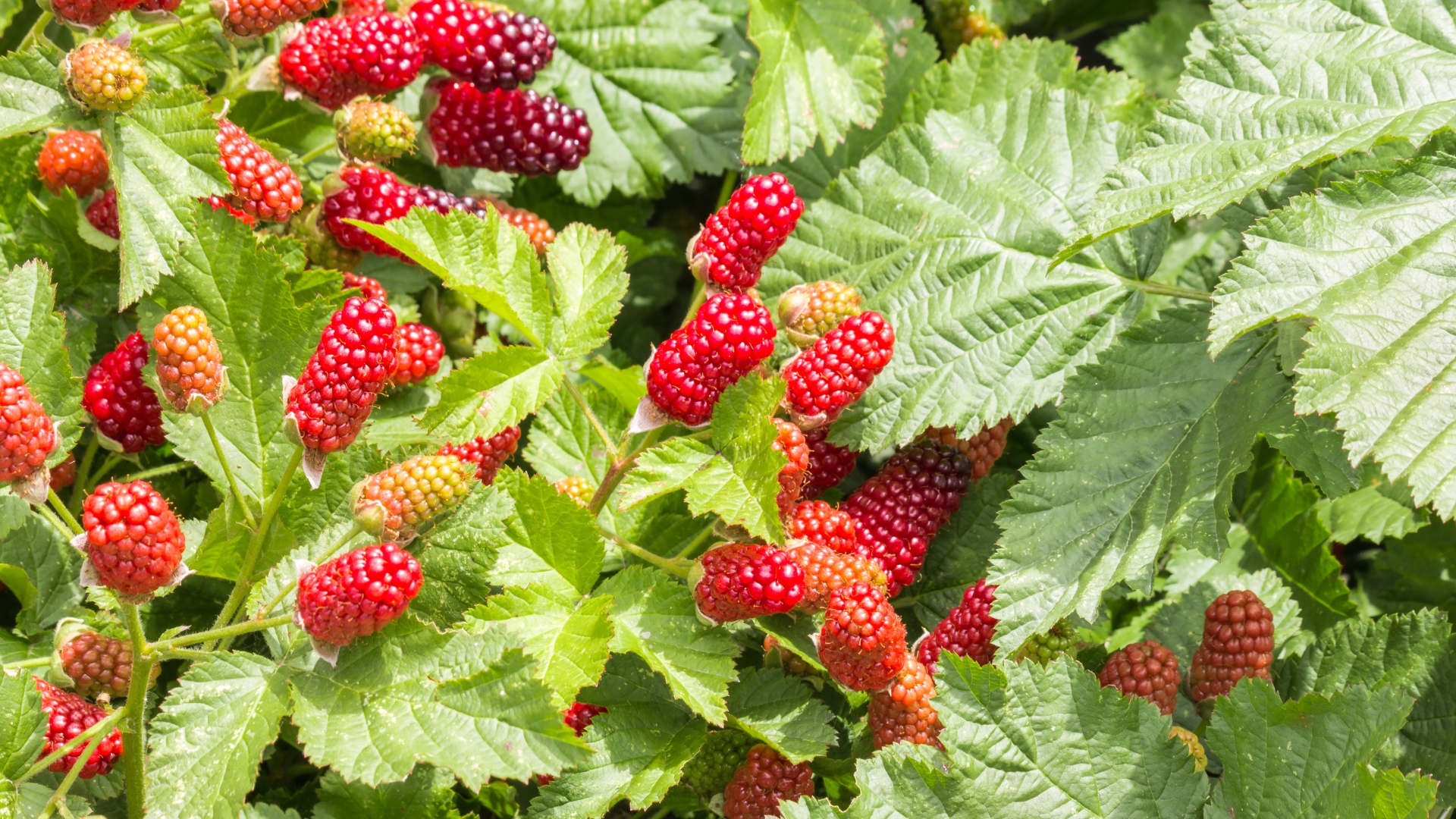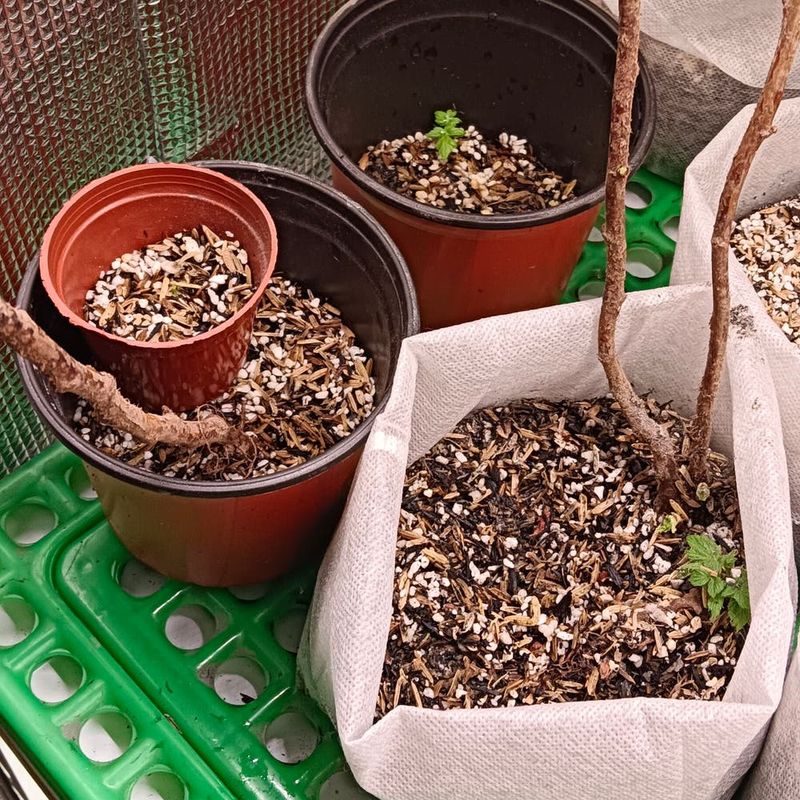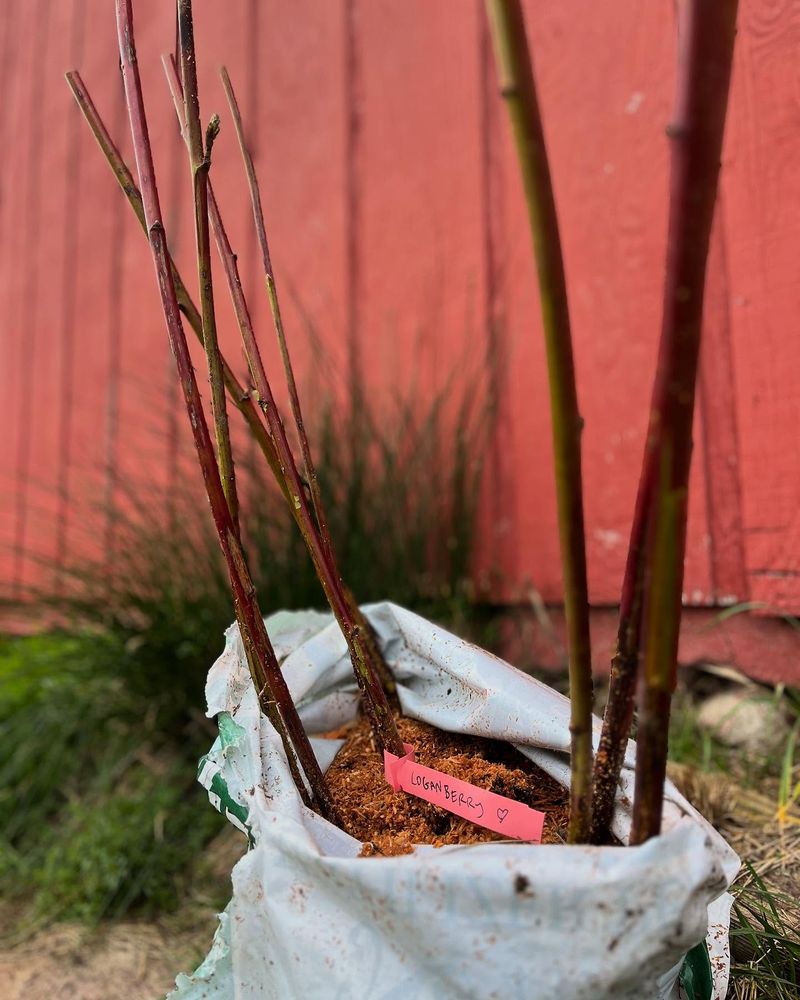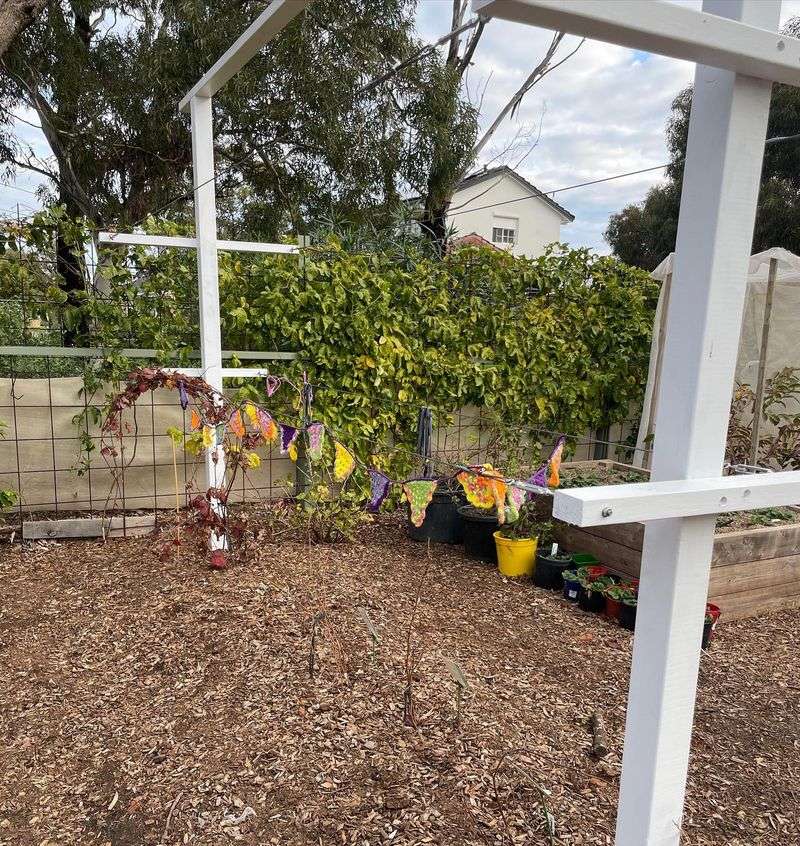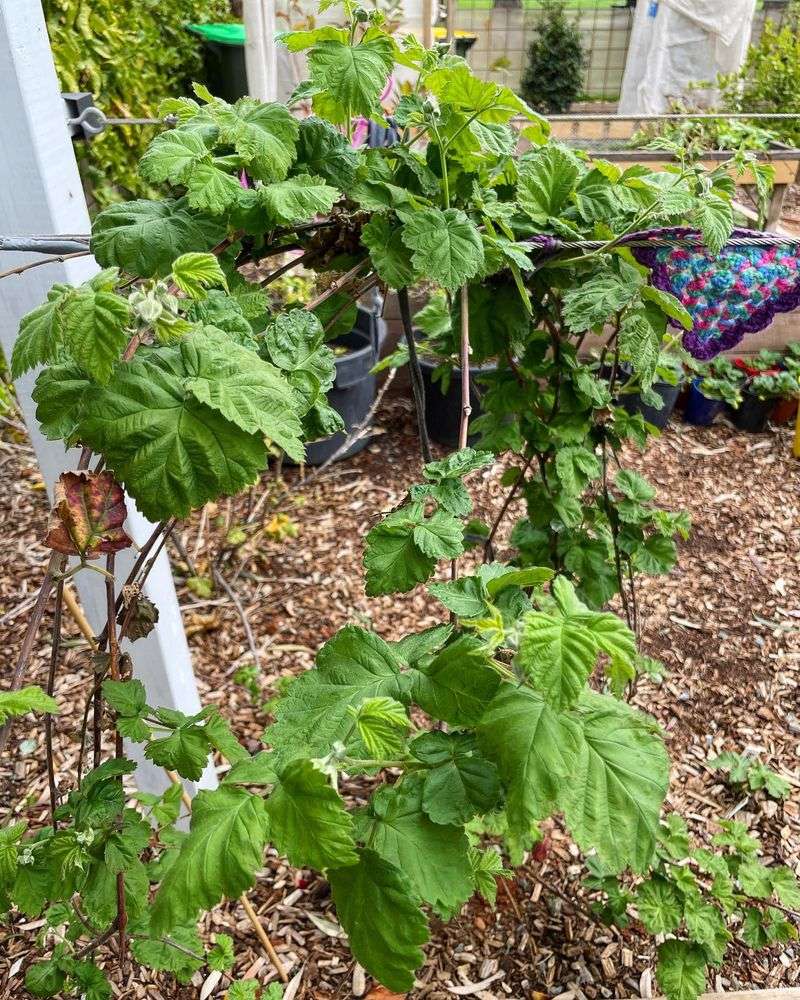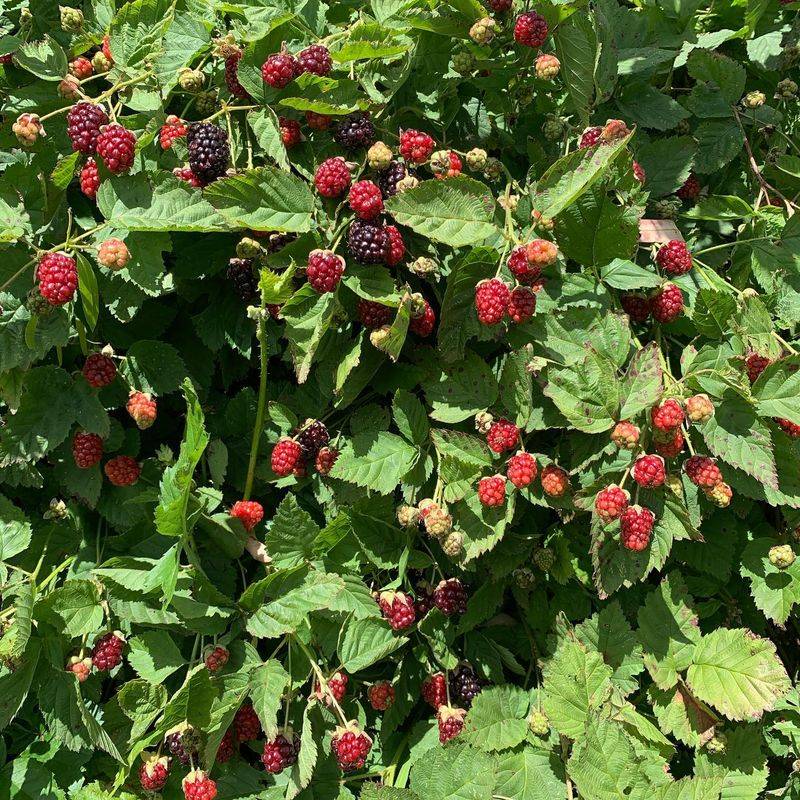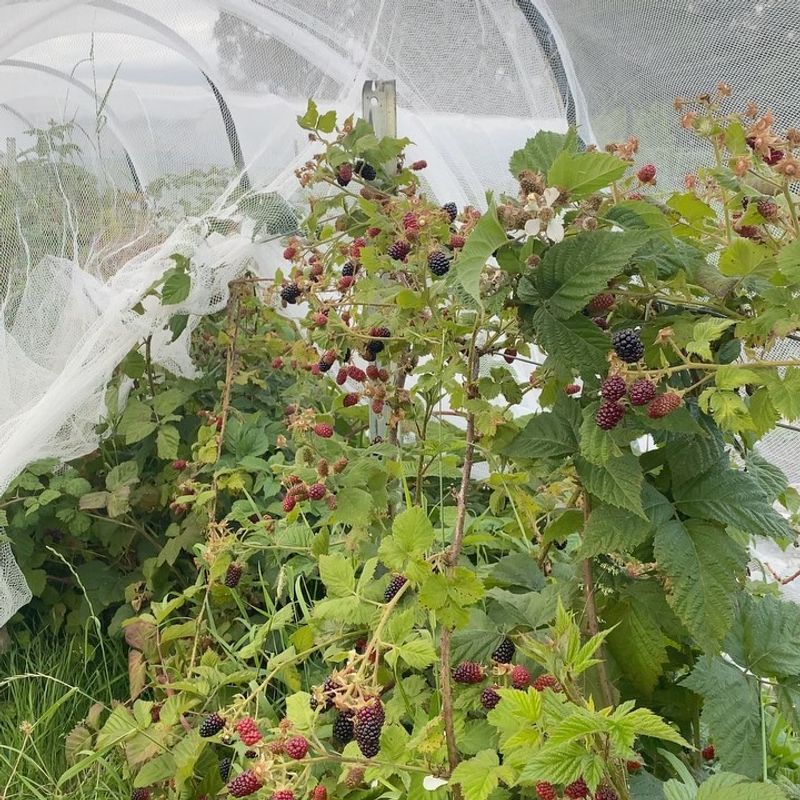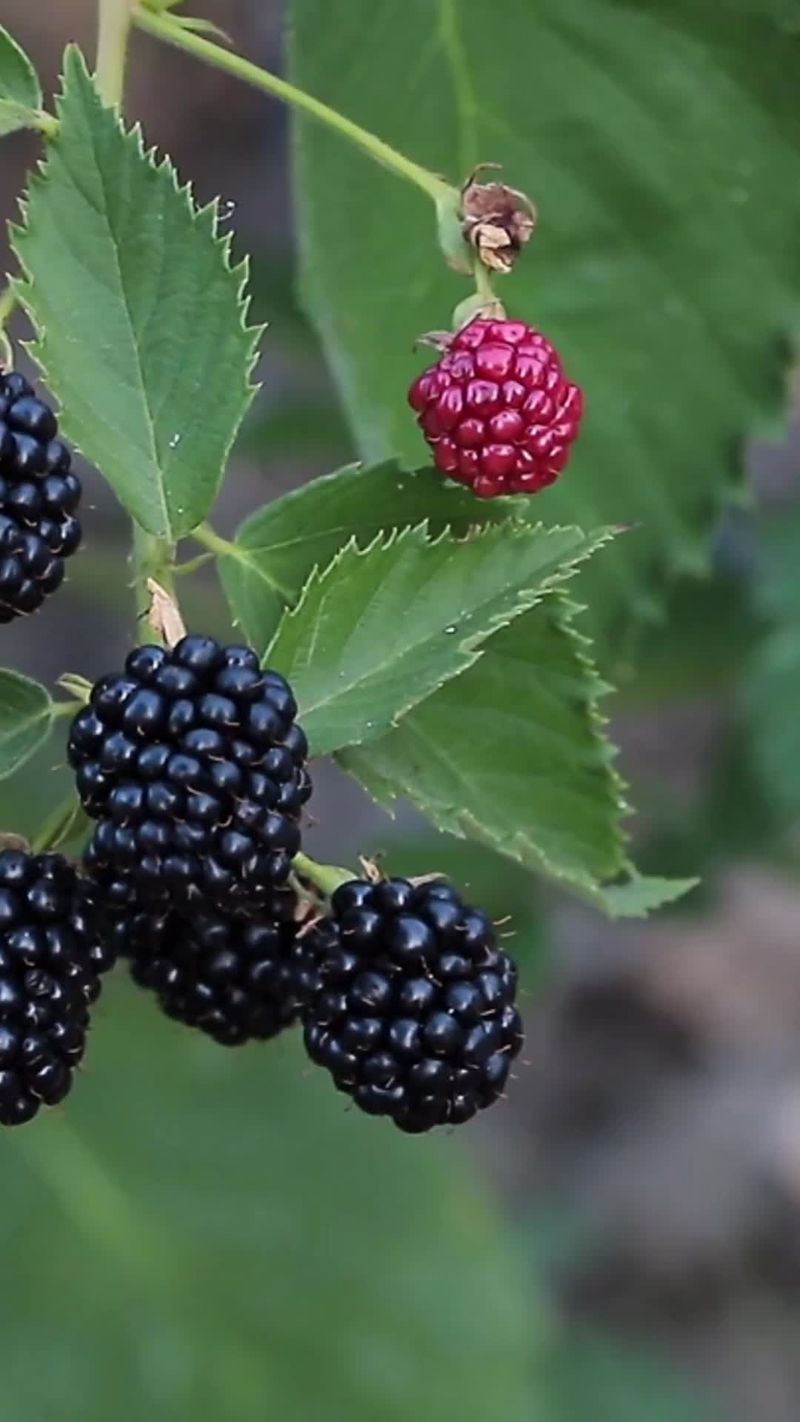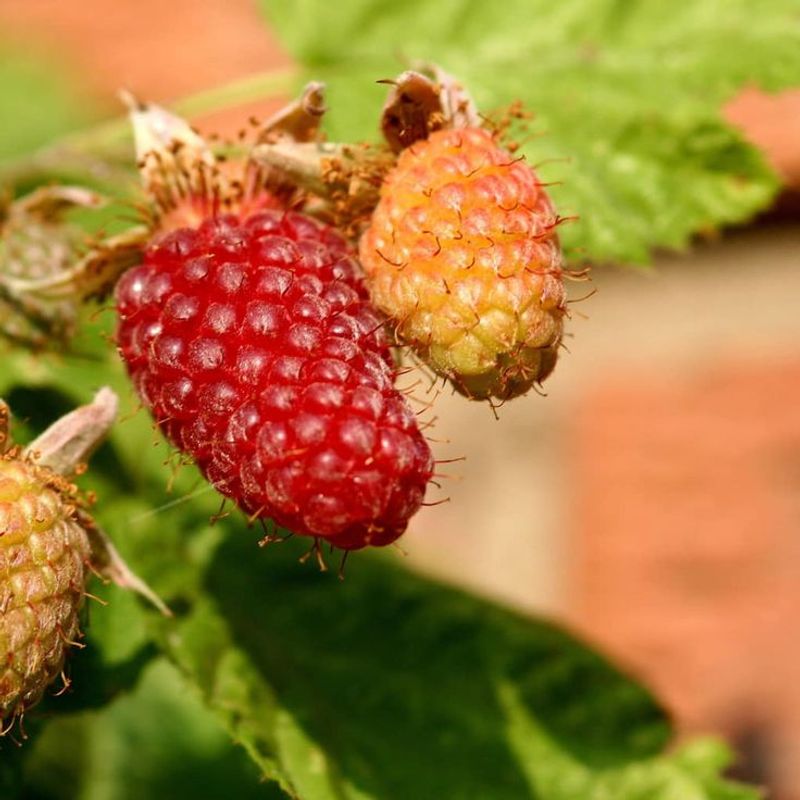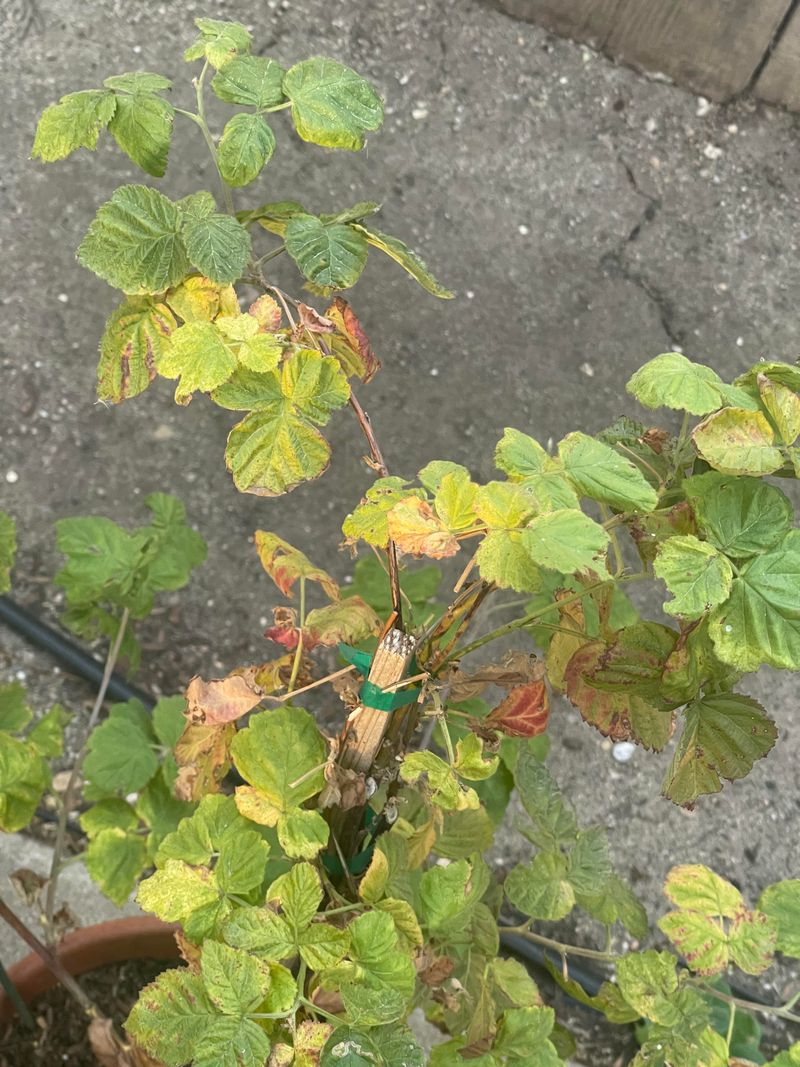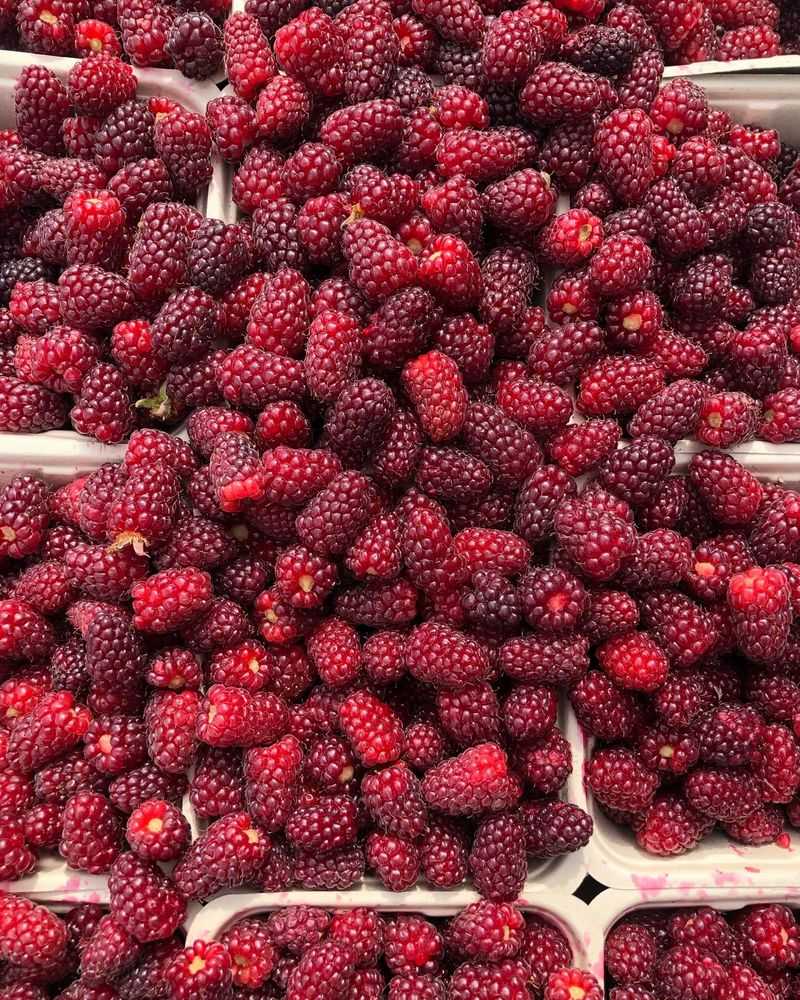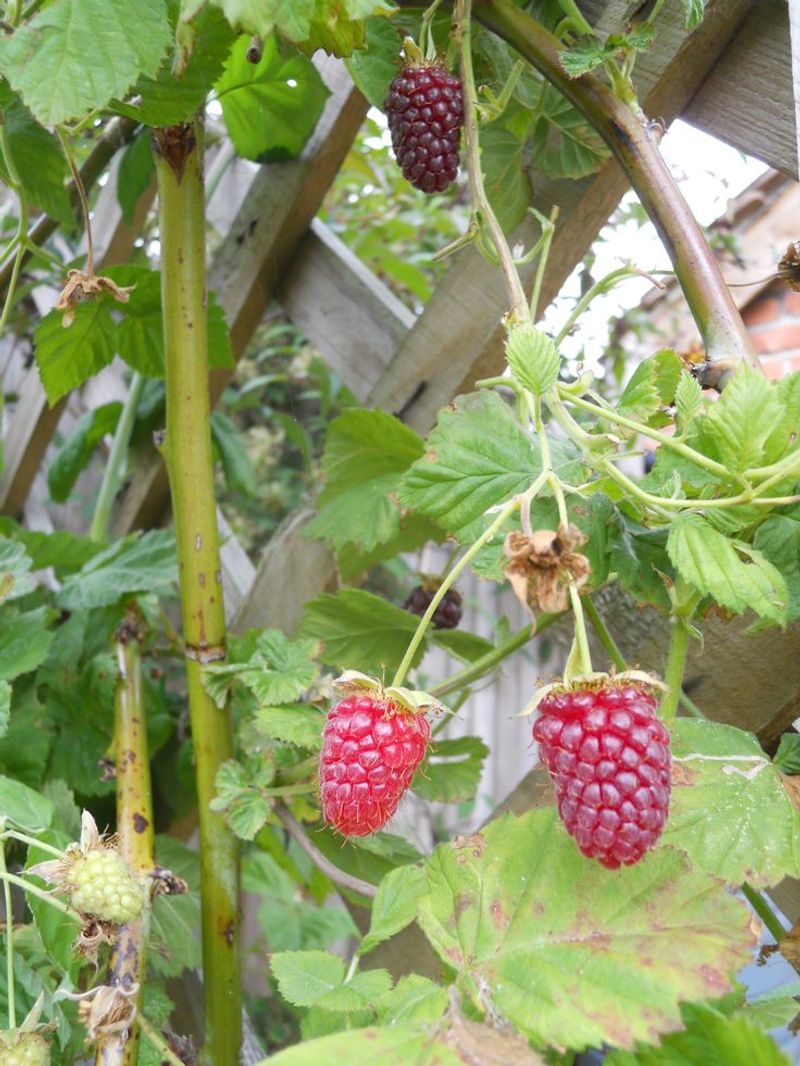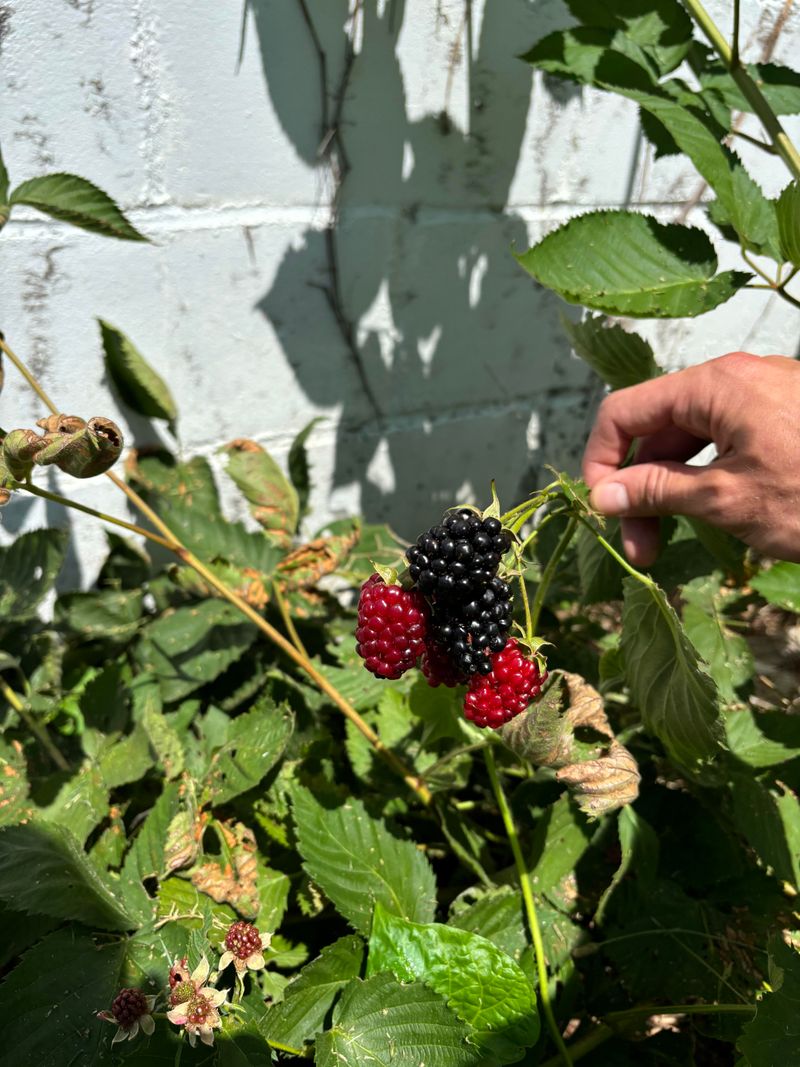Growing loganberries can be a fun and rewarding experience, especially when you see those juicy, raspberry-like fruits thriving. These unique berries are not only delicious but also packed with nutrients. Whether you’re an experienced gardener or a newbie, learning how to grow loganberries successfully can lead to bountiful harvests.
1. Choose the Right Location
When it comes to growing loganberries, location is everything. These sun-loving plants thrive in bright, well-drained spots, so be sure your garden gets at least six hours of sunlight each day—your berries will thank you for it.
Pick a spot on higher ground to avoid soggy soil, which can stunt growth or even cause root rot. They also prefer slightly acidic soil, so it’s worth testing your pH levels and tweaking them if needed—healthy soil means juicy, flavorful berries.
Planting along a fence? Even better. It not only gives your vines support but also a bit of extra shelter. Choose the right spot, and you’re well on your way to a berry-packed harvest.
2. Prepare the Soil
Great plants start with great soil. To give your loganberries the best possible start, work in plenty of organic matter—compost or well-rotted manure are excellent choices.
Not only do they boost nutrient levels, but they also improve drainage and create the perfect environment for strong, healthy roots.
As you prep the area, clear out any rocks or debris that could get in the way. Don’t skip testing your soil’s pH either—loganberries love slightly acidic conditions, and a few simple amendments can go a long way.
3. Planting Time Matters
Spring is the sweet spot—by then, the soil is warming up, the risk of frost is fading, and conditions are perfect for those roots to settle in and get growing.
Just be sure to steer clear of cold snaps, as young plants are especially vulnerable to frost damage. Take your local climate into account when picking the exact planting day; a little planning goes a long way.
Starting off at the right time sets your loganberries up for a strong, healthy life cycle. Nail the timing, and you’ll be well on your way to a thriving, fruit-filled season.
4. Support Structures
Loganberries benefit from support structures. Trellises or fences work great, providing structure and keeping plants upright. This allows for better air circulation and easier harvesting.
Design your garden with these supports in mind from the start. It helps manage growth and maximizes space. Plus, it makes picking berries a breeze. Supportive structures are essential for healthy loganberry plants. By planning ahead, you ensure that your garden thrives beautifully.
5. Water Wisely
Watering might seem simple, but it’s one of the most important pieces of the gardening puzzle. Loganberries thrive on consistent moisture, especially during dry spells, so don’t let them go thirsty.
Focus on deep, thorough watering rather than quick surface sprinkles—this encourages roots to grow deep and strong. The goal is to keep the soil evenly moist without letting it get soggy; too much water can lead to root rot, while too little can stunt growth. Striking that perfect balance makes a huge difference.
With smart watering habits, your loganberries will stay healthy, vibrant, and ready to deliver a season full of sweet, juicy fruit.
6. Pruning for Productivity
Pruning isn’t just a chore—it’s the secret to a thriving loganberry patch. Cutting out old, spent canes makes room for fresh growth, boosting productivity and keeping your plants tidy and manageable.
Focus on thinning out dense areas so sunlight and air can flow freely through the canes; this not only improves fruit quality but also helps prevent disease.
7. Fertilizing for Growth
Feeding your loganberries is a simple but powerful way to fuel robust growth. Start with a balanced fertilizer in early spring to give your plants a strong head start—this early boost helps develop sturdy canes and rich, leafy foliage.
Be sure to follow the application instructions closely; more isn’t always better, and over-fertilizing can do more harm than good.
Choosing the right nutrients at the right time supports healthy development and sets the stage for a fruitful season.
8. Manage Pests Naturally
Pests can be a challenge, but natural methods work wonders. Introduce beneficial insects like ladybugs to control aphids. Encouraging biodiversity in your garden keeps pests in check.
Regularly inspect plants for unwanted visitors. Handpick larger pests or use natural sprays if needed. Keeping your garden healthy minimizes pest problems. By opting for natural solutions, you protect both your plants and the environment.
9. Mulching Magic
Mulching is one of the easiest ways to keep your garden thriving. A generous layer of mulch helps lock in moisture, keeps pesky weeds at bay, and maintains steady soil temperatures—all things loganberries love.
Straw or wood chips make excellent choices, offering both function and a tidy look. After planting, spread a thick layer around the base of your plants.
It cuts down on water evaporation, reduces weed competition, and gives your berries a cozy, well-protected environment to flourish in.
10. Training Canes
Training your loganberry canes is where form meets function in the garden. Guiding the canes along a trellis or support not only keeps your patch neat, but also maximizes sunlight exposure and airflow—both key to strong, healthy growth.
Gently secure the canes as they grow, using soft ties to avoid any damage. Regular training helps maintain a tidy structure, makes harvesting a breeze, and boosts your overall yield.
Think of it as sculpting your berry patch—this little bit of artistry brings out both beauty and bounty.
11. Harvesting Tips
Harvest time is when all your hard work pays off—and it’s truly one of the most rewarding moments in the garden. Pick your loganberries when they’re rich red, plump, and slightly soft to the touch—they should come off the vine with just a gentle tug.
Handle them with care to avoid bruising those delicate, juicy gems. The more you pick, the more your plants will produce, so make harvesting a regular ritual.
There’s nothing quite like the burst of flavor from a freshly picked loganberry—sweet, tart, and totally worth the effort. With a bit of timing and care, you’ll enjoy a harvest that tastes as good as it looks.
12. Winter Care
Winter care is all about helping your loganberries rest and recharge for the next season. As the cold sets in, pile mulch generously around the base of the plants to insulate the roots from freezing temperatures.
In especially harsh climates, wrap the canes in burlap or garden fleece to shield them from biting winds and frost. It’s also a good time to prune back old stems and clear away fallen leaves—this helps prevent disease and sets the stage for healthy spring growth.
A little preparation now means your plants will bounce back stronger than ever, ready to reward you with another round of juicy, delicious berries.
13. Propagating New Plants
Propagation is a rewarding way to grow your garden—and maybe even share the love with friends. To multiply your loganberry patch, take cuttings in late summer or early fall and root them in pots filled with moist, well-draining soil.
With a little patience and care, those cuttings will develop strong roots, ready to be transplanted into a prepared garden bed. It’s an easy and economical way to expand your berry bounty, and there’s something extra satisfying about watching new plants thrive from your own hands.
Before you know it, you’ll have a flourishing loganberry patch—and plenty to go around.
14. Companion Planting
Companion planting is a smart, natural way to boost your garden’s overall health. Pair your loganberries with helpful allies like marigolds, which deter pests, or aromatic herbs that draw in pollinators and other beneficial insects.
A diverse garden doesn’t just look beautiful—it’s more resilient, makes better use of space, and even improves soil quality over time. By thoughtfully choosing plant partners, you’re building a self-supporting ecosystem where everything works in harmony.
It’s an easy, eco-friendly strategy that helps your loganberries—and the whole garden—thrive.
15. Patience and Observation
Gardening is as much about patience as it is about plants. Take time to observe your loganberries regularly—watch how they grow, notice any changes, and adjust your care as needed. Every plant has its own rhythm and needs, and by staying attentive, you’ll catch potential issues before they become problems.
This mindful approach turns gardening into a journey of discovery and growth. The more you tune in, the more rewarding it becomes.

